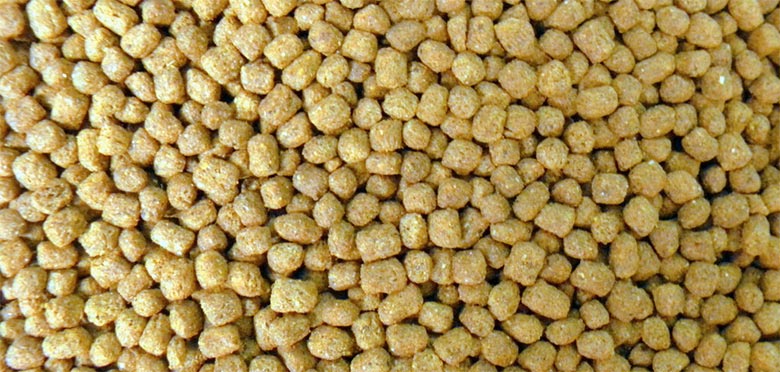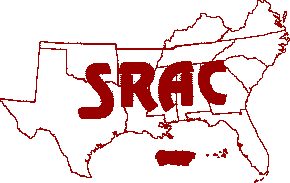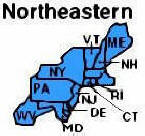
Need assistance with wildlife and fish management on your ranch, backyard, or pond? Simply call your local County Extension Agent.
In the southeastern United States, fish are generally cultured in earthen ponds at relatively high densities. The intensive culture system requires that the fish be fed a nutritionally complete diet that provides nutrients and energy at or above the required levels for optimum growth and feed efficiency. This is mainly because the amount of natural food in the pond is relatively small compared to the total nutrient requirements of the fish, except in early stages of life (fry and small fingerlings). Feed represents the largest variable cost in most fish production. While the need for more economical feeds is clear, it is imperative that fish feeds are formulated to be cost-effective, not just less costly. This can be achieved by carefully selecting and blending various traditional and alternative feedstuffs that are suitable for use in fish feeds. It is important that using less expensive alternative feedstuffs not degrade the nutritional and physical quality of the feed, fish growth, processed yield, and product quality.
Adapted from -SRAC Publication No. 1806, Feed Ingredients and Feeds for Channel Catfish
Southern Regional Aquaculture Center |
|
| Northeastern Regional Aquaculture Center | |
| University of Florida |
|
| University of Hawai’i at Manoa | |
| Food and Agriculture Organization of the United Nations | |
| Virginia Cooperative Extension | |
| Louisiana State University | |
| Mississippi State University | |
| University of Arkansas at Pine Bluff | |
| Auburn University | |
| Extension.org |

